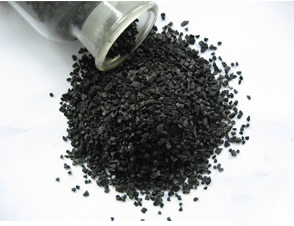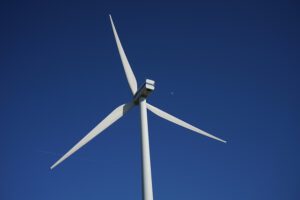Tusaar’s Proven Technology
Tusaar’s process starts with commercially available granulated activated carbon (GAC) typically produced from coconut shells.
The GAC is treated through a proprietary process developed over many years by Tusaar to further activate the material. Once treated, the GAC is capable of adsorbing targeted elements including transition metals, lanthanides, actinides, and platinum group metals (PGM). A simple desorption process recovers the REEs from the GAC which is then available for continued reuse.
The technology is selective such that many metals can be targeted. For example, rare earths, radioactive contaminants, copper, lead, and mercury can be selectively removed from complex waste streams.
Radioactive elements are frequently found in rare earth bearing ores and other source materials. Tusaar’s technology separates REEs while simultaneously sequestering radioactive materials in a single pass.

Tusaar’s process starts with Granular Activated Carbon
